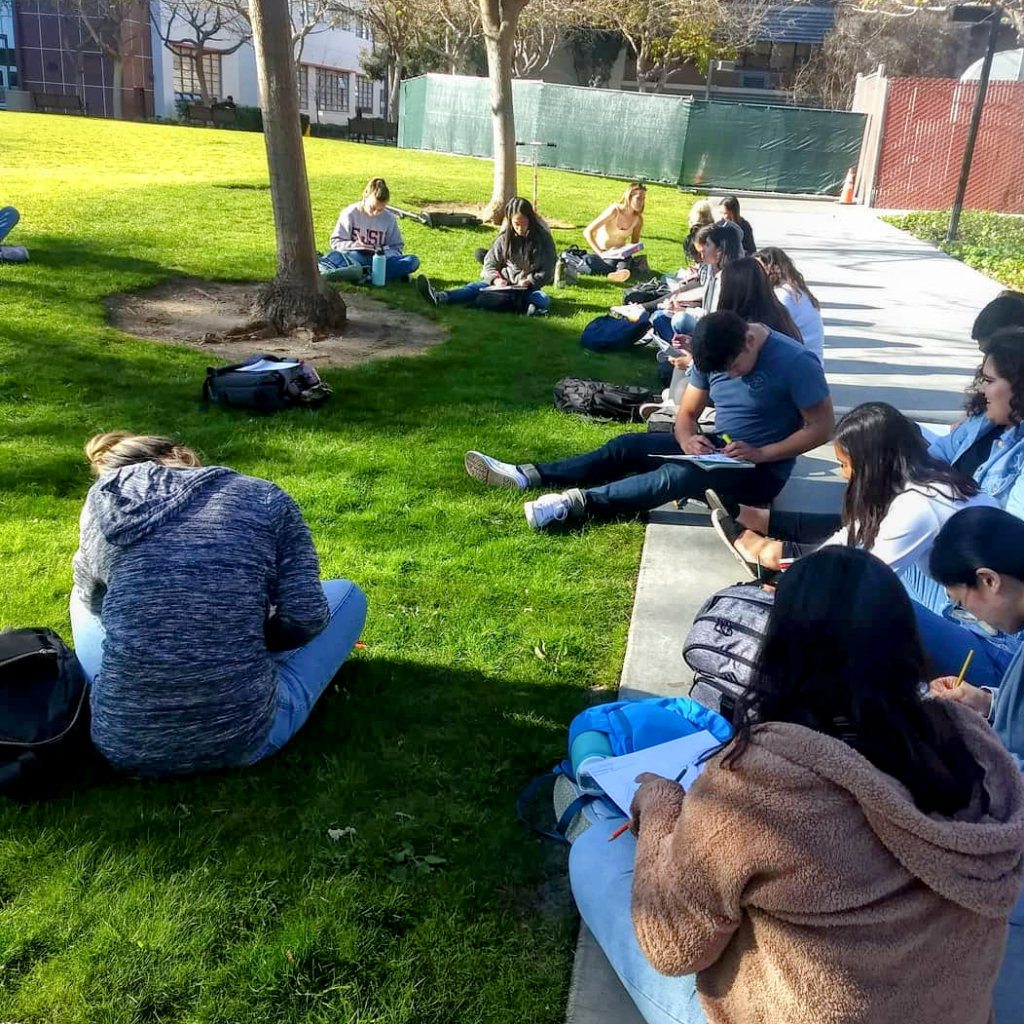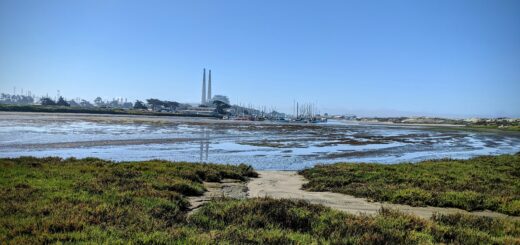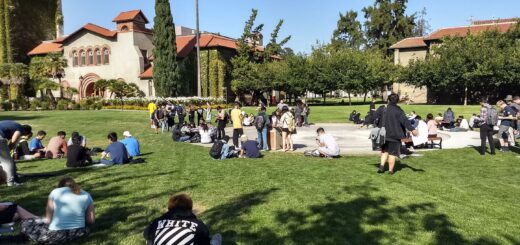How You Can Ensure All Students Experience the Outdoors
I strongly believe all students should experience the outdoors. And we know that field experiences are helpful to students. Check out my previous post on the topic if you haven’t yet! So why aren’t more college classes using them? Well, there can be a variety of things that make offering these experiences challenging. And there may be obstacles that keep students from taking these types of classes.
Challenges for Instructors and Institutions
Lack of training, resources, and administration support within an institution can make it difficult for instructors to create meaningful field experiences.
For teachers, field trips and field classes take more time to prepare and to run. We may—or may not—be paid for this extra time and effort. Similarly, we may—or may not—be given a reduction in other work-related duties. I have colleagues who don’t incorporate field trips and/or field classes for these reasons.
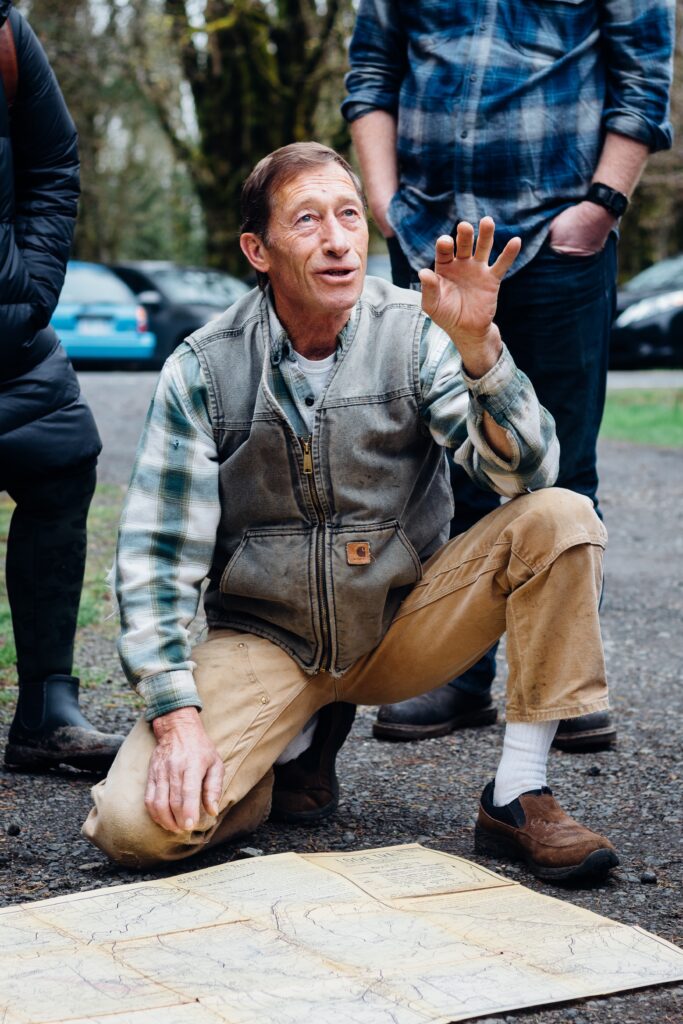
And the teaching methodology is different than a typical lecture class. Not all college—or K-12—teachers are trained to incorporate field experiences. Without knowledge on effectively using these teaching opportunities, field trips have the risk of becoming just a “fun” class day.
There’s also planning and logistical considerations. How will students get to the field trip site? Is the trip built into the regular class meeting time? Is the site accessible for all students? What if there are weather cancelations? And of course, there’s always the issue of liability for instructors and the school.
Challenges for Students
Students have increasingly complicated lives. Many of the students in my department are parents, work—some even full time, or have other family obligations. Additionally, quite a lot of them are first generation college students without much family support.
The cost and time of field trips and field classes can be prohibitive to students. Field trip fees, transportation costs, and lost wages are serious obstacles for many students. If trips are outside of normal class meeting times, students may have to miss other classes or work and family obligations.
And the courses that are completely field-based—such as UC Santa Cruz’s Natural History Field Quarter–may be even more challenging to students. The extended time away from family and jobs is something that many students just cannot manage.
Students from under-represented groups (URG) may be especially impacted by these obstacles. There are additional factors that may prevent URG students from participating in field experiences. Lack of feelings of belonging, limited role models, and personal safety concerns have been documented. One study found, on average, 6% to 19% few URG students took a field class compared to a similar non-field class. And in one year, it was up to a 25% difference!
The question then, is how do we help students get these outdoor experiences? For students looking to pursue careers in applied science, field experiences are particularly important. So, what can we do to make sure that all of our students are benefiting from “taking the classroom outside?”
Re-Imaging Field Experiences
Outdoor learning doesn’t have to be in some remote location. We can use the spaces all around us too!
Botanical gardens, zoos, urban farms, and hands-on STEM museums can be used for field trips. K-12 teachers have been using these spaces for decades. Why can’t college instructors use them too?
Will the experiences be exactly the same as spending a weekend camping in the mountains and studying plants? No. But can students observe, measure, study, photograph, and experience plants in-person? Yes! And will that experience be better than sitting in a classroom looking at pictures of plants on a PowerPoint? Definitely yes!
We can take this idea one step further….any urban space has the potential to act as a field trip site. City parks, urban creeks, and urban green spaces can be found in many locations. Your university’s campus most likely has outdoor spaces that can be used for teaching!
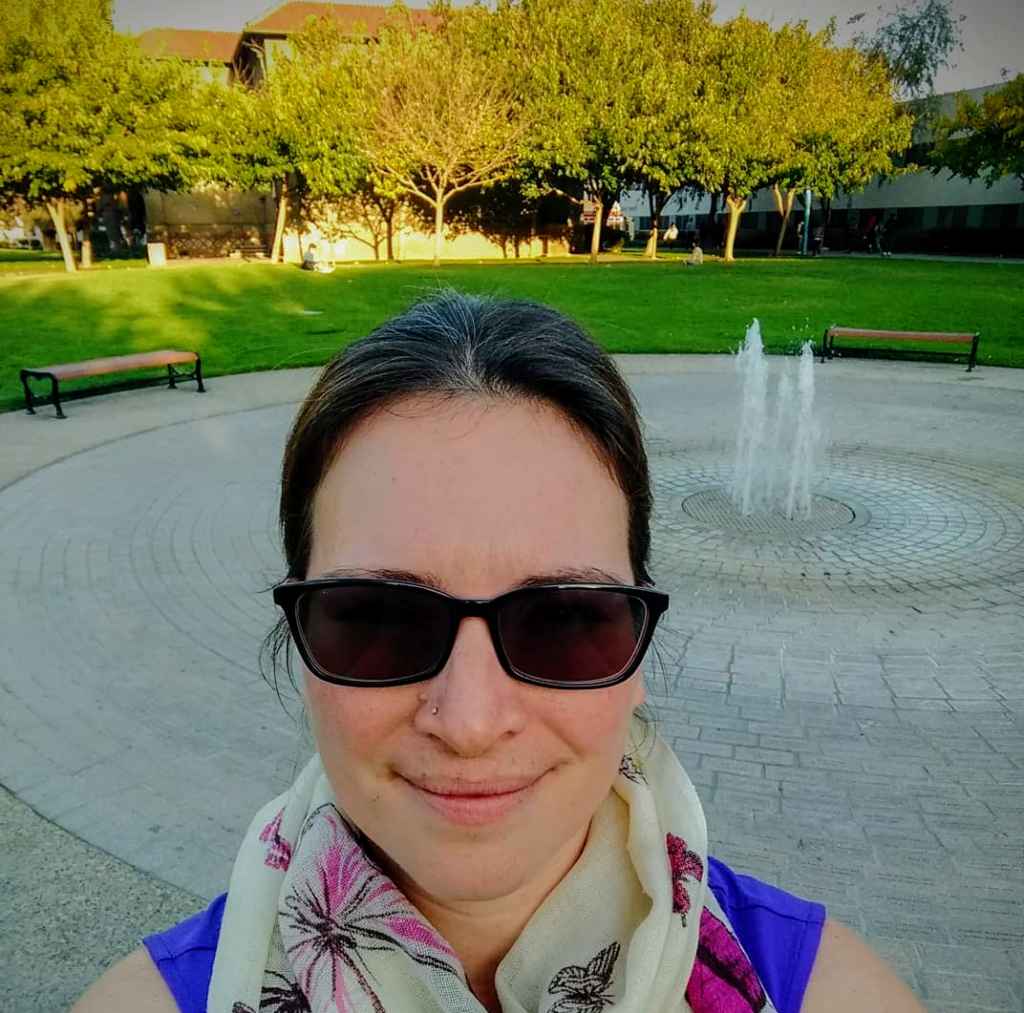
I took the selfie above after taking a 120 person class outside for an activity. (Yes, really…I’ll write about it soon.) This is one of the decorative foundations on my university’s campus, and a perfect spot to take students. There’s lots of space. Nearby are several areas of landscaping that include native plants. It’s close to our regular lecture hall, so easy for studens to find.
I’ve mentioned author and educator David Sobel before. In his book “Childhood and Nature,” Sobel talks about taking children outdoors to experience nature. But he knows that this can be difficult in urban settings. So, he writes about “semi-wild places.” These are the parks, the schools grounds, the urban areas that have little bits of nature. And he encourages teachers to use these places to, using my words, “take the classroom outside.” Again, let’s take a cue from our K-12 peers!
Benefits of Re-Imagined Field Locations
These alternatives to traditional off-campus field trips can alleviate many of the obstacles for both faculty and students. Free or low-cost options reduce financial hardships. On campus or close to campus options get rid of the need for transportation.
Field trips that are on your campus, or nearby, can also easily fit into regularly scheduled class times. Students don’t have to miss other classes, jobs, or family obligations. Faculty don’t have to plan extra time around other teaching, research, and family time.
Overall, using urban spaces can be a very practical option to expose our students to the outdoors. They can practice being scientists. Students can learn to use tools and equipment. They can observe species, weather, and human influences on nature.
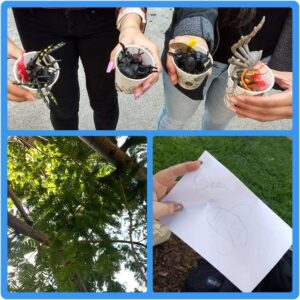
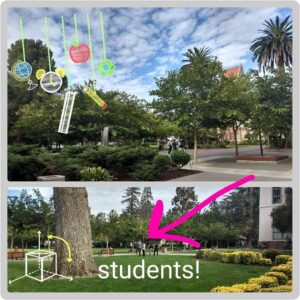
Thoughtful use of field experiences such as these will allow us to reach more students, especially students from URGs. One group of educators argue that field trips and field classes actually have the potential to remove some barriers in the sciences. Students develop their own sense of belonging by exploring together. Self-confidence increases through the cooperative process of “doing” science that field experiences can provide. We just have to get them into the field!
Thomas L. Fleischner and colleagues wrote about this new vision of college field experiences. They said that we can help students see the nature in urban spaces. I like this quote from their paper: “…this counters the notion that nature and wilderness are beyond urban students and promotes connections for all with the natural world.”
And perhaps most important, students are getting out of the classroom and into the field! That field may just look a little different than it has in years past.
